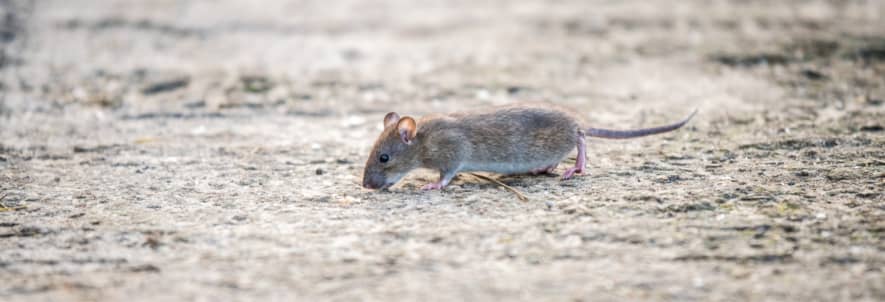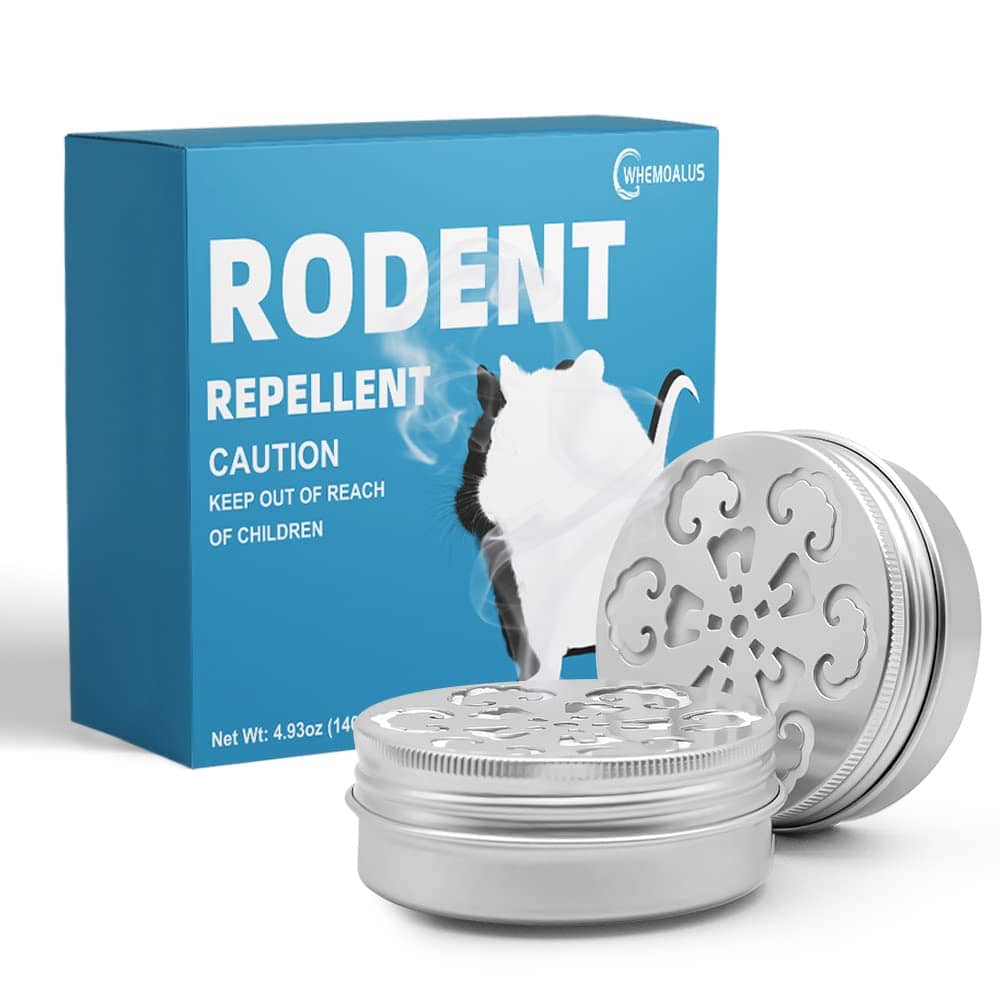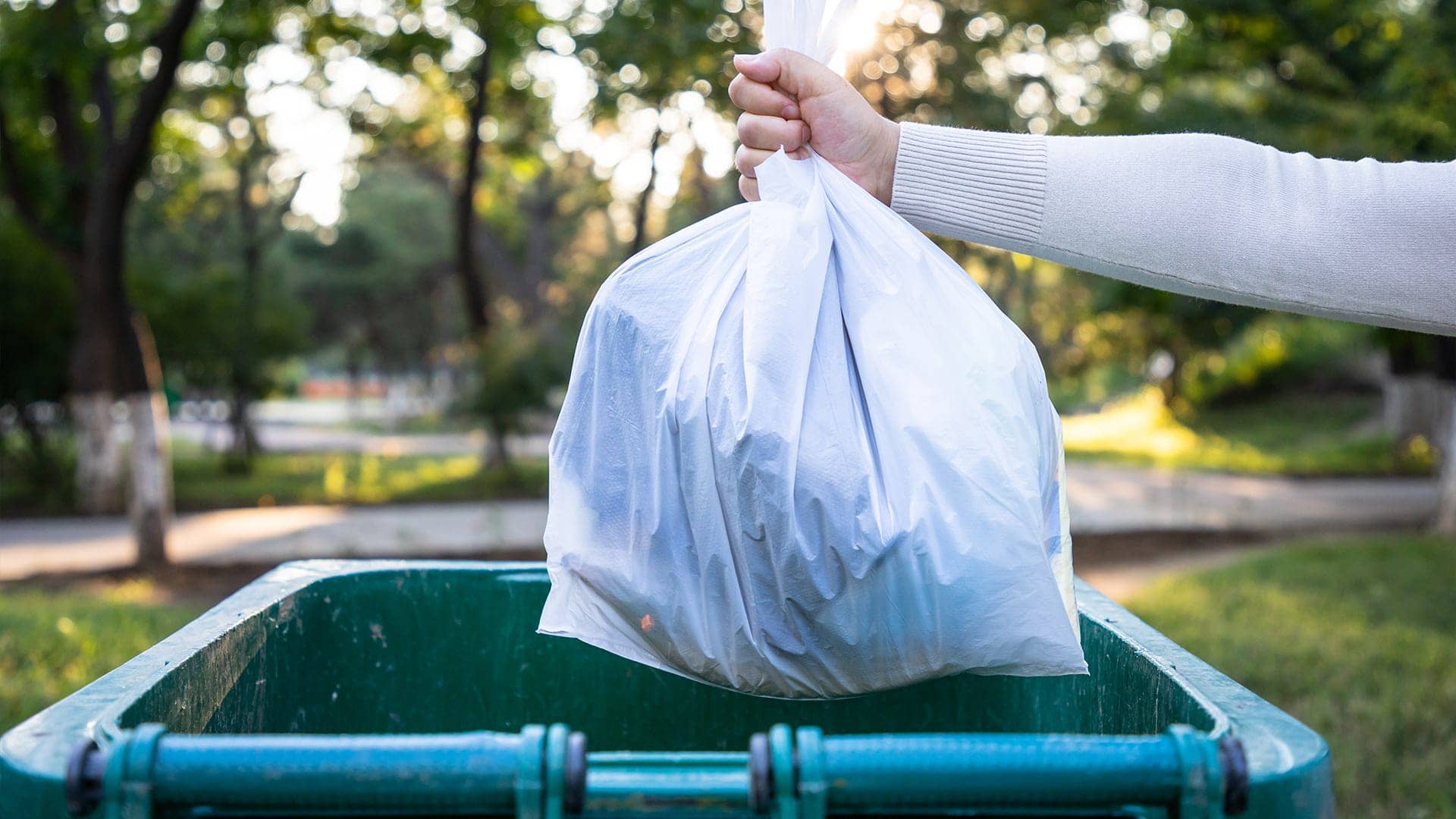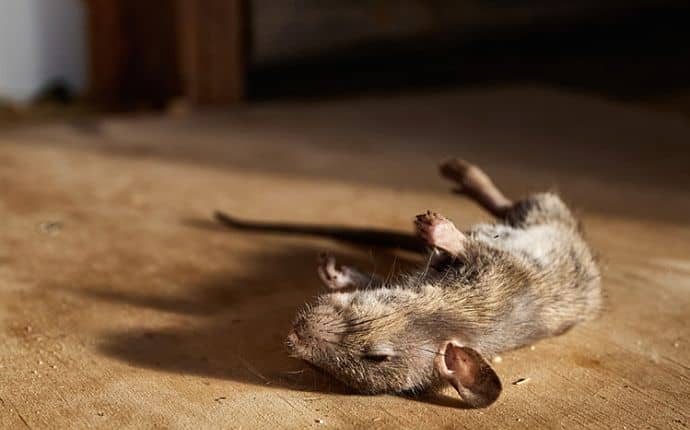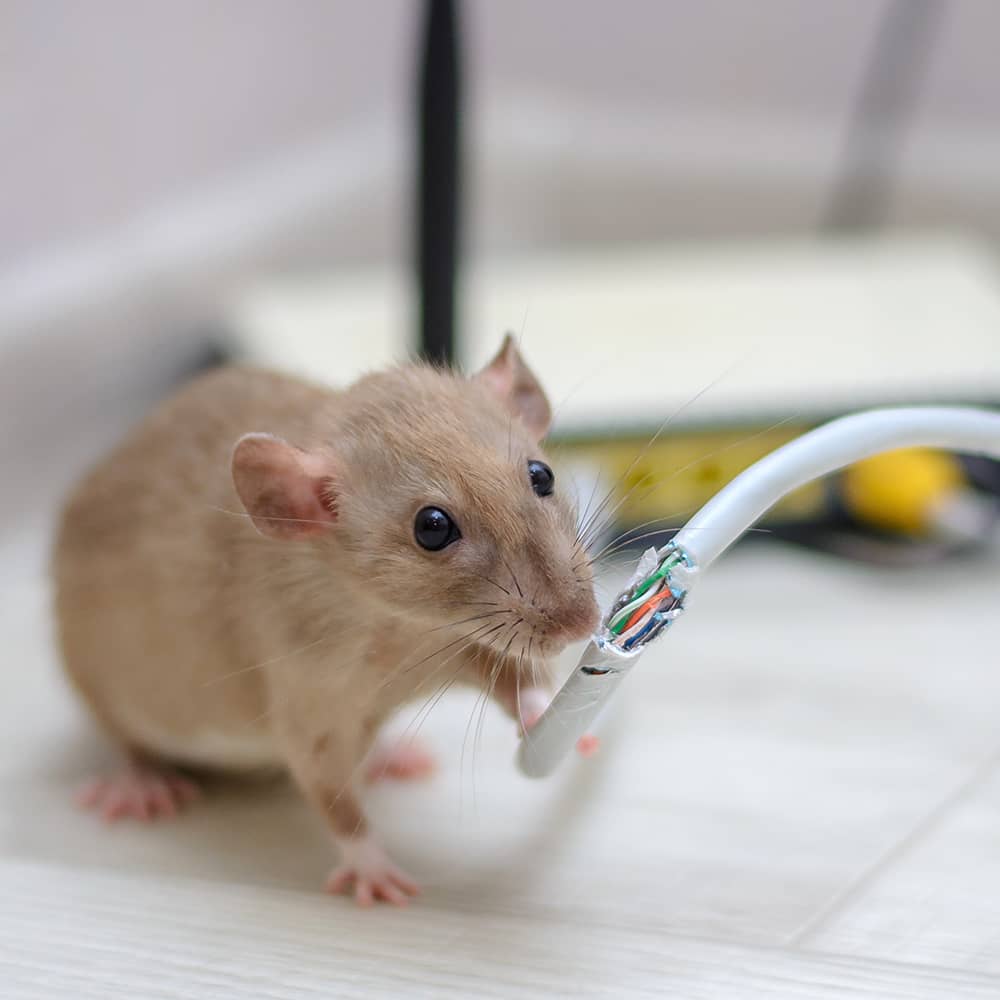Safety precautions for handling dead mice include wearing gloves, using protective eyewear, avoiding direct contact, and properly disposing of the carcass. When handling dead mice, it is important to take safety precautions to avoid potential health risks.
Wearing gloves and protective eyewear can prevent any direct contact with the carcass and potential exposure to harmful bacteria or viruses. Additionally, it is crucial to properly dispose of the dead mouse to prevent the spread of disease or attracting other pests.
By following these safety measures, you can effectively handle dead mice while minimizing any potential risks to your health and safety.
Importance Of Safety Precautions
Handling dead mice requires strict adherence to safety precautions to prevent the spread of diseases. Proper disposal, the use of gloves, and thorough cleaning are essential to ensure a safe and healthy environment.
Potential Health Risks Associated With Dead Mice
Dead mice can pose potential health risks due to the various diseases and parasites they may carry. It is vital to understand these risks in order to take appropriate safety precautions when handling dead mice. Here are some important points to consider:
- Hantavirus: Dead mice can carry hantavirus, which can be transmitted to humans through contact with their droppings, urine, or saliva. This virus can cause Hantavirus Pulmonary Syndrome (HPS), a serious respiratory illness.
- Leptospirosis: Another risk associated with dead mice is leptospirosis. This bacterial infection can be contracted through direct contact with urine or water contaminated by infected rodents. It can lead to symptoms such as high fever, muscle pain, and organ damage.
- Fleas and ticks: Dead mice often attract fleas and ticks, which can carry diseases like Lyme disease and typhus. These pests can easily transfer onto humans or pets, causing health issues if not handled properly.
The Importance Of Protecting Yourself And Others
Taking safety precautions when handling dead mice is crucial to prevent the spread of diseases and protect both yourself and others. Here’s why it matters:
- Personal safety: By following proper safety procedures, you minimize the risk of contracting diseases from dead mice. This ensures your own well-being and prevents potential long-term health problems.
- Preventing contamination: Handling dead mice without precautions can lead to contamination of surfaces, food, and other belongings. This can result in the spread of diseases to family members, pets, or other individuals who come in contact with the contaminated items.
- Public health: Protecting yourself also means safeguarding public health. By containing the potential risks associated with dead mice, you contribute to keeping the community healthy and free from the spread of diseases.
- Setting an example: When you prioritize safety precautions when handling dead mice, you serve as a role model for others to follow. This promotes responsible behavior and creates a safer environment for everyone.
Remember, the safety of yourself and others should always be a priority when dealing with dead mice. By understanding the potential health risks and taking appropriate precautions, you can ensure a safe and healthy environment for all.
Personal Protective Equipment (Ppe)
Personal Protective Equipment (PPE) is crucial when handling dead mice to ensure safety. Using gloves, masks, and goggles helps prevent contamination and reduces the risk of infections or diseases.
Choosing The Right Ppe For Handling Dead Mice
When it comes to handling dead mice, it is crucial to prioritize your safety by wearing the appropriate. Choosing the right PPE ensures that you minimize the risk of exposure to harmful substances and prevent any potential infections. Here are some key considerations to keep in mind when selecting the suitable PPE for handling dead mice:
- Gloves: Thick, disposable gloves should be worn to protect your hands from direct contact with the dead mice. Nitrile gloves are a popular choice as they provide sufficient barrier protection and are resistant to punctures or tears.
- Protective Clothing: Wearing a disposable coverall or protective suit is essential to shield your body from any potential contamination. Make sure the clothing covers your entire body, including arms, legs, and torso. It should be disposable to avoid any cross-contamination.
- Face Mask or Respirator: To protect your respiratory system from any airborne particles, it is recommended to wear a face mask or respirator. This will prevent inhalation of harmful substances that may be present in the surrounding air, especially if the mice have been decomposing for some time.
- Safety Goggles or Face Shield: Eye protection is essential when handling dead mice, as there is a risk of bodily fluids or particles splashing into your eyes. Wear safety goggles or a face shield to ensure that your eyes are fully protected.
- Disposable Shoe Covers: Precautions should extend to your footwear as well. Wearing disposable shoe covers helps prevent any potential transfer of contaminants from the area where the dead mice are handled to other locations.
- Sealable Bags or Containers: It is crucial to have sealable bags or containers on hand to safely dispose of any dead mice. This will ensure that there is no further exposure or risk of contamination during transportation or disposal.
Proper Usage And Disposal Of Ppe
Proper usage and disposal of PPE is just as important as choosing the right equipment. Here are some guidelines to follow:
- Inspect PPE: Before using any PPE, carefully inspect it for any signs of damage or wear. Replace any items that are torn, punctured, or compromised in any way.
- Put on PPE Correctly: Ensure that you put on each piece of PPE correctly, following the manufacturer’s instructions. This includes properly securing gloves, tying the hood or cap of the protective suit, and ensuring a tight seal for face masks or respirators.
- Avoid Touching Face: Once you have put on your PPE, avoid touching your face, hair, or any other exposed areas, as this could lead to contamination.
- Remove PPE Carefully: When removing PPE, be cautious and follow the recommended sequence to prevent any contamination. Dispose of each item immediately after use.
- Dispose of PPE Properly: Seal used PPE in a designated bag or container and dispose of it according to local regulations. Do not reuse or recycle disposable items.
By understanding the importance of using proper PPE and following the guidelines for its usage and disposal, you can ensure your safety when handling dead mice. Remember, protecting yourself is the first step in minimizing any potential risks associated with this task.
Stay safe!
Safe Handling Techniques
Learn safe handling techniques and precautions for dealing with dead mice. Ensure your safety by following these guidelines to minimize the risk of infection and other hazards.
Step-By-Step Guide To Safely Handle Dead Mice
When it comes to handling dead mice, it is vital to follow proper safety precautions to minimize the risk of contamination. To ensure you stay safe while handling these rodents, here is a step-by-step guide that you should follow:
- Use personal protective equipment (PPE): Before you start, make sure to wear gloves, a mask, and goggles to protect yourself from potential hazards such as bacteria, viruses, and parasites.
- Prepare a suitable workspace: Choose a well-ventilated area that can be easily cleaned afterward. Lay down disposable paper or plastic sheets to create a hygienic work surface.
- Use proper tools: To handle dead mice, use a pair of long-handled forceps or tongs. This will ensure that you maintain a safe distance from the carcass and minimize direct contact.
- Keep a closed container nearby: Have a sealable container or a sturdy plastic bag ready to place the dead mouse in. Avoid using your bare hands to carry it.
- Approach the mouse cautiously: Gently pick up the dead mouse using the forceps or tongs. Be careful not to squeeze or excessively manipulate the carcass, as this can increase the risk of exposure.
- Place the mouse in the container: Carefully transfer the dead mouse into the sealable container or plastic bag. Ensure that the container is leak-proof to prevent any potential spread of contaminants.
- Seal the container securely: Once the mouse is inside the container, ensure that it is tightly sealed to prevent any leakage or escape of infectious materials. This will also prevent other animals from accessing the carcass.
- Disinfect your tools and workspace: After handling the dead mouse, thoroughly clean and disinfect the forceps or tongs, as well as the work surface, with a suitable disinfectant. This will help eliminate any potential pathogens.
- Properly dispose of the carcass: Follow your local regulations for the disposal of dead animals. Most often, this will involve placing the sealed container into a sturdy plastic bag, tying it securely, and disposing of it in the appropriate designated area.
- Wash your hands thoroughly: Finally, wash your hands with soap and water for at least 20 seconds. This will help eliminate any remaining contaminants and minimize the risk of transmission.
By following these step-by-step guidelines, you can safely handle dead mice while minimizing the risk of contamination or exposure to harmful pathogens. Remember to always prioritize your safety and take the necessary precautions to protect yourself.
Disposal Methods
Ensure safety when handling dead mice by following proper disposal methods. Take precautions such as wearing gloves, using sealed bags or containers, and disinfecting the area to prevent the spread of diseases and odors.
Proper Disposal Methods For Dead Mice
When it comes to handling and disposing of dead mice, it is important to follow proper methods to ensure safety and prevent the spread of diseases. Here are the recommended disposal methods:
- Use gloves: Always wear disposable gloves before handling dead mice. This will protect you from any potential pathogens and minimize the risk of contamination.
- Double bagging: Place the dead mouse in a plastic bag and then seal it tightly. For added protection, place this bag into another one and seal it as well. This will prevent any odor or leakage during transportation.
- Choose an appropriate disposal method: There are a few options available for disposing of dead mice. Here are some common methods:
- Outdoor trash bin: If you have a secure outdoor trash bin, you can dispose of the bagged mouse carcass in it. Make sure the bag is tightly secured and won’t be easily accessible to scavenging animals.
- Burial: If you prefer a more environmentally friendly option, you can bury the bagged mouse carcass at least two feet deep in a location away from any food sources or water bodies.
- Incineration: In some areas, incineration may be an option for safe disposal. Check with your local waste management or environmental agency for regulations and guidelines on this method.
- Clean and sanitize: After disposing of the dead mouse, thoroughly clean and sanitize the area where it was found. Use a bleach solution or a disinfectant to ensure proper disinfection and reduce the risk of contamination.
Legal And Ethical Considerations
When handling dead mice, it is important to consider the legal and ethical aspects. Here are some important points to keep in mind:
- Check local regulations: Before disposing of dead mice, familiarize yourself with any local regulations or guidelines regarding their disposal. Some areas may have specific requirements or restrictions that must be followed.
- Avoid improper disposal: It is crucial to dispose of dead mice responsibly to prevent the spread of diseases and protect the environment. Improper disposal, such as dumping carcasses in open areas or water bodies, can have negative consequences on the ecosystem and may also be a violation of the law.
- Show respect for wildlife: If the dead mouse was caught in a trap, ensure that the trap is not causing unnecessary suffering and is legal to use. Consider using humane traps to minimize harm to wildlife.
- Consider ethical considerations: In some cases, dead mice may be used for scientific purposes or research. If you are involved in such activities, ensure that you comply with ethical guidelines and obtain the necessary permissions.
By following proper disposal methods and considering the legal and ethical aspects, you can handle dead mice safely and responsibly.
Cleaning And Sanitizing
Safely handle dead mice by following these cleaning and sanitizing precautions. Ensure proper disposal and use protective gear to protect yourself from potential hazards.
Tips For Cleaning And Sanitizing After Handling Dead Mice:
Cleaning and sanitizing after handling dead mice is crucial to maintain a safe and hygienic environment. It minimizes the risk of spreading diseases and prevents potential infestations. Here are some tips to help you effectively clean and sanitize after handling dead mice:
- Wear protective gear: Before you start cleaning, make sure to put on gloves, a face mask, and safety goggles to protect yourself from any potential pathogens or allergens.
- Remove the mouse remains: Using disposable gloves or tongs, carefully pick up the dead mouse and place it in a sealed plastic bag. Double bagging is recommended to prevent any leakage.
- Clean the affected area: Thoroughly clean the area where the mouse was found. Start by removing any visible debris or droppings using paper towels or disposable wipes.
- Disinfect the area: Use a suitable disinfectant to clean and sanitize the area. Look for disinfectants that are specifically designed to eliminate bacteria and viruses. Ensure the product is labeled as effective against rodents.
- Follow the instructions: Carefully read and follow the instructions on the disinfectant product to ensure proper usage. Pay attention to the recommended contact time and any safety precautions.
- Clean surrounding surfaces: Extend your cleaning efforts to nearby surfaces that may have been contaminated by the mouse or its droppings. Disinfect commonly touched surfaces like countertops, doorknobs, and light switches.
- Dispose of cleaning materials properly: After cleaning, dispose of all used cleaning materials, including gloves and wipes, in a sealed bag. Place the bag in an outdoor trash can.
- Properly ventilate the area: Open windows and doors to promote airflow and help with the removal of any lingering odor or fumes from the cleaning products.
- Maintain regular cleaning routines: To prevent future infestations, establish a regular cleaning routine that includes proper sanitation practices. Regularly disinfect areas prone to mice activity.
- Consider professional pest control services: If you are dealing with a severe infestation or find it challenging to handle the cleaning process by yourself, it may be necessary to seek professional pest control services. They have the expertise to handle such situations safely and effectively.
By following these tips for cleaning and sanitizing after handling dead mice, you can protect yourself and your environment from potential health hazards. Remember, maintaining proper hygiene is essential for a safe and healthy living space.
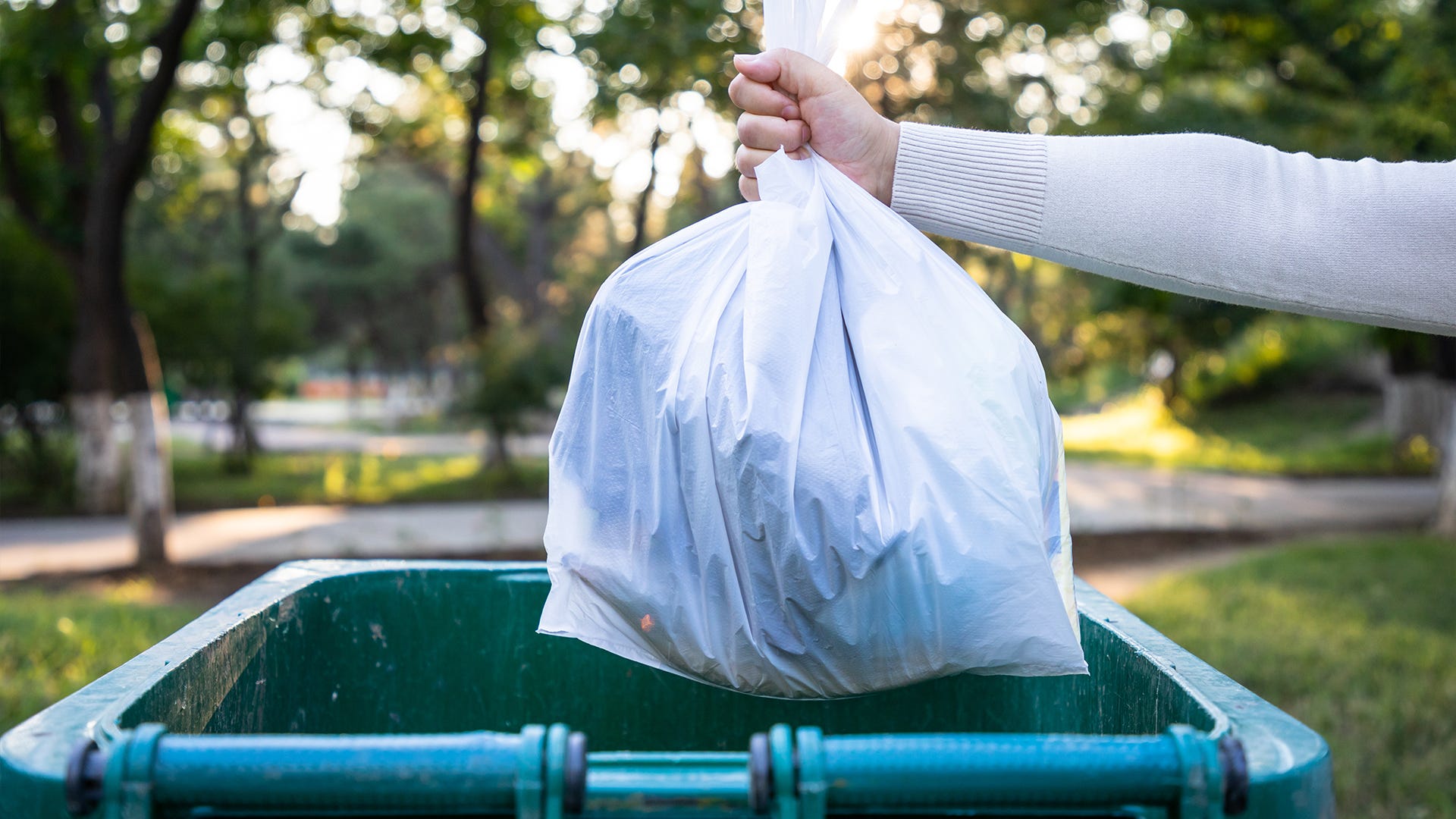
Credit: www.victorpest.com
Preventive Measures
Maintaining proper safety precautions when handling dead mice is crucial. By wearing gloves, using a disposable mask, and ensuring proper disposal, you can prevent the spread of diseases and protect yourself from potential health risks.
Preventing mouse infestation is a crucial step in ensuring the safety and hygiene of your home. By implementing a few preventive measures, you can minimize the risk of encountering dead mice and the associated health hazards. Here are some tips to help you keep those pesky rodents at bay:
- Maintain cleanliness: Keep your home clean and free of food debris that may attract mice. Ensure all garbage bins are tightly sealed to prevent easy access for rodents.
- Seal entry points: Inspect your home for any cracks, gaps, or holes that mice could use as entry points. Seal these areas using steel wool or caulk to prevent mice from finding their way inside.
- Secure food storage: Store all food items, including pet food, in airtight containers to make it harder for mice to access them.
- Regularly clean storage areas: Regularly clean and organize storage areas such as basements, attics, and closets to eliminate potential hiding spots for mice.
- Dispose of waste properly: Properly dispose of waste from your home, ensuring that garbage bags are securely tied and kept in closed bins.
- Install window screens: Install window screens to prevent mice from entering through open windows or ventilation openings.
- Keep vegetation trimmed: Trim back shrubs and trees around your home to eliminate potential hiding spots for mice.
- Remove clutter: Remove clutter both inside and outside your home, as mice may seek shelter in these areas.
- Install door sweeps: Install door sweeps on all exterior doors to prevent mice from sneaking in.
- Utilize pest control measures: Consider using traps or contacting a pest control professional to deal with mice infestations effectively.
By following these preventive measures, you can significantly reduce the chances of encountering dead mice in your home. Stay vigilant and take proactive steps to keep these unwanted guests away.
Identifying And Preventing Diseases
Handling dead mice safely is crucial for identifying and preventing diseases. Take proper precautions, such as wearing gloves and masks, to minimize the risk of contamination and ensure your safety.
Dead mice can pose various health risks, so it’s crucial to take proper safety precautions when handling them. One of the key aspects of handling dead mice safely is identifying and preventing the transmission of diseases. This section will outline the common diseases transmitted by mice and the vaccinations and preventive measures that can be taken to minimize the risks.
Common Diseases Transmitted By Mice:
- Hantavirus: This is a potentially life-threatening disease transmitted through the inhalation of rodent droppings, urine, or saliva. It can cause symptoms such as fever, muscle pain, and respiratory distress.
- Leptospirosis: Mice often carry this bacterial infection, which can be transmitted through contact with water or soil contaminated with rodent urine. Symptoms may include high fever, headache, and muscle aches.
- Salmonella: Mice may carry this bacteria in their droppings, and it can cause food poisoning in humans. Symptoms typically include diarrhea, abdominal cramps, and fever.
- Lymphocytic choriomeningitis (LCM): This viral infection is usually transmitted through contact with mouse urine, saliva, or droppings. It can cause flu-like symptoms, including fever, headache, and muscle aches.
- Rat-bite fever: Although the name suggests rats, this disease can also be transmitted by mice. It is primarily spread through bites or scratches from an infected rodent. Symptoms may include fever, joint pain, and rash.
Vaccination And Preventive Measures:
- Vaccination: In order to prevent certain diseases transmitted by mice, vaccines can be administered. For example, vaccines are available for leptospirosis and salmonella. Consult a healthcare professional or veterinarian to determine if vaccination is recommended in your specific situation.
- Hygiene practices: Practicing good hygiene is crucial when dealing with dead mice. Follow these preventive measures:
- Wear gloves and use appropriate protective gear.
- Avoid touching your face, particularly the eyes, nose, and mouth.
- Wash your hands thoroughly with soap and warm water after handling dead mice or any potentially contaminated objects.
- Cleaning and disinfection: Properly clean and disinfect the area where the dead mouse was found to prevent the spread of diseases. Use disposable gloves and follow these steps:
- Pick up the mouse using disposable tools (e.g., paper towels, plastic bags).
- Double-bag the mouse and any potentially contaminated materials with sealed plastic bags.
- Clean the area with a disinfectant that is effective against bacteria, viruses, and fungi.
- Dispose of the bags in tightly sealed containers.
- Rodent control: Taking preventive measures to control rodents in and around your property can significantly reduce the risk of disease transmission. Consider these steps:
- Seal any cracks or openings in walls, floors, or foundations that may serve as entry points.
- Store food in sealed containers and properly dispose of garbage.
- Keep outdoor areas clean and free of clutter that may attract rodents.
- Use traps or hire professional pest control services to eliminate mice infestations.
By staying informed about common diseases transmitted by mice and taking necessary precautions, you can minimize the health risks associated with handling dead mice. Remember to always prioritize your safety and seek professional advice when needed.
Dealing With Large Infestations
When dealing with large infestations of dead mice, it is essential to take safety precautions. Properly handling the carcasses can prevent the spread of diseases and ensure a safe and clean environment.
When faced with a large-scale infestation of dead mice, it is essential to approach the situation with caution and take appropriate measures to ensure your safety. Handling a large infestation can be challenging, but with the right precautions and steps, you can effectively manage the situation.
When To Seek Professional Help
If you’re dealing with a significant number of dead mice in your home or business, it may be best to seek professional help. Here are some signs that indicate it’s time to call in the experts:
- Unmanageable infestation: If the infestation is too large for you to handle on your own, professionals have the necessary expertise and equipment to effectively address the problem.
- Prolonged exposure: If you have been exposed to dead mice for an extended period or have developed health issues as a result, it’s important to consult professionals who can assess the situation and provide appropriate solutions.
- Recurring infestations: If you’ve experienced repeated infestations despite your efforts to address the problem, professionals can help identify the root cause and implement comprehensive measures to prevent future occurrences.
Steps To Take For Large-Scale Infestation Management:
To effectively manage a large-scale infestation of dead mice, follow these steps:
- Assess the extent of the infestation: Determine the total area affected by examining all possible entry points, nesting areas, and signs of mouse activity.
- Develop a strategy: Based on the assessment, create a plan of action that outlines the necessary steps to remove the dead mice and prevent further infestations.
- Secure personal protective equipment (PPE): Put on gloves, a mask, and protective clothing to minimize direct contact with the mice and reduce the risk of potential health hazards.
- Remove dead mice: Use disposable gloves and sealable plastic bags to carefully collect and dispose of the dead mice. Avoid touching them with bare hands to prevent the spread of diseases.
- Clean and disinfect: Thoroughly clean all areas affected by dead mice, including surfaces, furniture, and flooring. Use a suitable disinfectant to eliminate any remaining pathogens.
- Seal entry points: Identify and seal any gaps or openings that mice may be using as entry points. This will help prevent future infestations and protect your property from further damage.
- Remove attractants: Take measures to eliminate potential food and water sources that may attract mice. Store food in airtight containers and ensure good sanitation practices.
- Monitor and maintain: Regularly inspect your property for signs of mouse activity and promptly address any potential issues. Maintain a clean and hygienic environment to discourage infestations.
By following these precautions and steps, you can effectively handle large-scale infestations of dead mice while ensuring your safety. Remember, if the infestation becomes overwhelming or persists despite your efforts, it’s always best to seek professional assistance.
Frequently Asked Questions On Safety Precautions For Handling Dead Mice
How Do You Handle Dead Mice?
To handle dead mice, use gloves, a plastic bag, and disinfectant. Carefully pick up the mouse, seal it in the bag, and clean the area with the disinfectant.
Are Dead Mice A Health Hazard?
Yes, dead mice can pose health hazards due to the potential spread of diseases.
Is It Safe To Pick Up A Dead Mouse?
Yes, it is safe to pick up a dead mouse as long as you take proper precautions.
How Do You Handle Dead Mice In Traps?
To handle dead mice in traps, simply wear protective gloves, carefully remove the trap, and place the mouse in a sealed bag for disposal.
Conclusion
To ensure your safety when handling dead mice, it is crucial to follow proper precautions. Remember to always wear protective gloves and a mask to avoid direct contact with the carcass and any potential pathogens it may carry. Additionally, use a sealed plastic bag or container to dispose of the dead mice, as this will prevent any further contamination.
After handling the mice, make sure to thoroughly wash your hands with soap and warm water. It is also advisable to clean and disinfect the area where the mice were found to eliminate any remaining bacteria or parasites. By taking these safety measures, you can minimize the risk of exposure to harmful substances and protect your health.
Remember, proper handling of dead mice is essential for maintaining a safe and healthy environment. Stay vigilant and prioritize your well-being.
